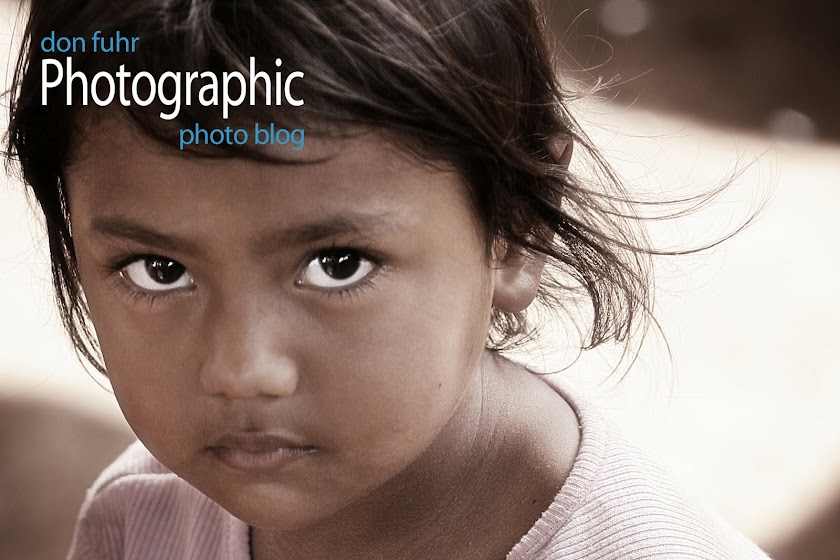This November I had the opportunity to travel to Indonesia for a short-term work assignment. A beautiful country filled with very kind and extremely polite people. During the trip I happened to encounter a man I had photographed two years previously and was thankful to have brought my camera again.
---
From March of 2008 to March of 2009 I lived and worked in Jakarta, Indonesia. My job took me to a number of different islands and cities in that awesome country. I took hundreds of photos and brought back many wonderful memories.
 |
| Charter Boat Captain - Pelabuhan Ratu, Indonesia |
 |
| Andy and Anggie - Ancol, Jakarta, Indonesia |
 |
| Port Life - Sunda Kelapa Harbor, Jakarta, Indonesia |
In early 2009, I was working in Semarang, Indonesia, and stopped for lunch at a KFC there (very popular fast food chain there). At the entrance to the restaurant was an older gentleman selling peanut clusters and I knew the moment I saw him that I wanted to get his photo. Fortunately, most people in Indonesia love to have their picture taken. As we left the KFC I purchased a bag of his peanut clusters and asked, through my language assistant, if I could take his photo. He agreed and I quickly snapped a photo.
 |
| 2009 |
Fast forward about two years.
I loved living in Indonesia. The country is interesting and beautiful, and the people very welcoming. I had longed to go back ever since I left in 2009. I had the pleasure to do just that this November. Once again, I found myself eating lunch at the same KFC (just about every day for 8 days straight) because it was very close to where we were working and the traffic is terrible. On our first visit to the KFC I immediately wondered about the old gentleman and looked for him, but, to my disappointment, he was not there. On about the 4th day that we had lunch there we pulled into the parking lot and to my delight, there he was! As we left (again, through my language assistant) I told him that I had taken his photo 2 years ago and asked him if I could do so again. He agreed with a big smile.
This time, I took a bit more time, had my language assistant hold a reflector to add a bit of fill light to the dark side of his face (camera left) and took a series of five images. My favorite:
 |
| 2011 |








